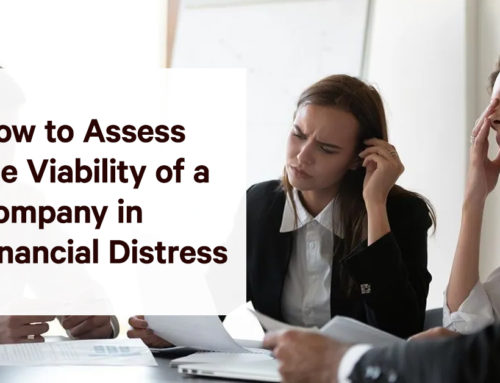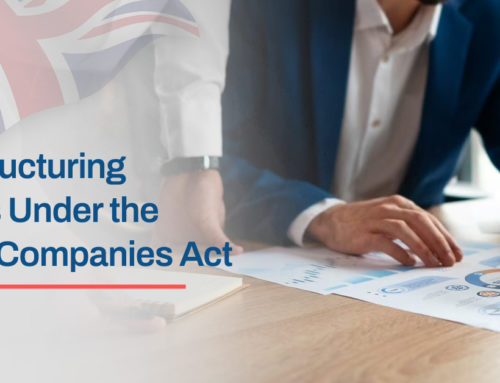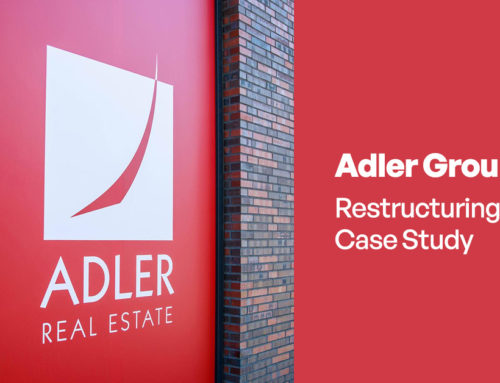There are many reasons why you’d want to dissolve a company, whether it is solvent or insolvent. Closing down a limited company with or without debts is a cost-effective way of removing a dormant company from Companies House and doesn’t require the need for liquidation. Dissolving a limited company, also known as voluntary dissolution, removes the business from the Companies House register but there are specific criteria to be met before you are allowed to dissolve the company. The main benefit is there are no liquidation costs incurred, the directors are not investigated and, although you do have to make it public, it’s not that invasive.
Closing down a limited company with or without debts
In most cases, voluntary dissolution usually occurs when a company is no longer required or is dormant. It more cost-effective than liquidation and means that you don’t need to file company accounts or annual returns. However, the criteria that needs to be met is strict:
• The company must not have traded for at least 3 months; ceasing to trade must be for a genuine reason
• The company doesn’t have any cash in the bank nor any assets or property
• Any creditors, if the company has any debts, have been informed and permission has been requested from them to dissolve the company
• Any creditors are given 3 months to consider the dissolution request. Bear in mind that they may reject your request, particularly if they are owed any money.
• The company has not changed its name during this 3-month consideration period
• The company has not disposed of any assets or property, including land, buildings, equipment, plant, debtors and any other assets.
However, there are several situations where you are not allowed to use a voluntary dissolution:
• The company has entered a formal insolvency procedure including a CVL, CVA, compulsory liquidation, MVL, administration or receivership in accordance with the Insolvencies Act 1986, or any other scheme under the Companies Act 1985
• Where a winding up petition (order) has been issued against the company by a creditor.
Process to dissolve a company
Before you start the dissolution process, make sure you have actioned the following:
• Any assets have been distributed among shareholders. If not, any assets remaining after the dissolution will become the property of the Crown
• Pay employees their final wages and if making staff redundant, follow the rules
• Pay any outstanding NI, PAYE and corporation tax to HMRC, as well as any other tax liabilities
• File your company tax return and accounts with HMRC, stating that they are the final accounts prior to dissolving the company
• Request HMRC close down the company’s payroll and deregister it for VAT purposes
• Confirm that the company has paid any outstanding debts or can upon dissolution
• Close the company’s bank accounts
• Inform all interested parties, such as HMRC and creditors, of the decision to dissolve the company within 7 days of lodging your application with Companies House.
Once this has been done, you can submit the voluntary dissolution form DS01 to Companies House to start the process, and copy sent to all ‘notifiable parties’. The form must be signed by the majority of directors. Companies House will place a notice in The Gazette to advise of your decision. If no objections, your company will be dissolved 3 months later and The Gazette will publish a further notice confirming the company is now dissolved.
Anyone is allowed to object to the dissolution, particularly creditors that are owed money, or as a director you are able to halt the dissolution process. In addition, if your company is declared insolvent, continues to trade or changes its name during the process, you will have to retract your application using form DS02.
Advantages of voluntary dissolution
The main advantages to closing down a company with or without debts using the voluntary dissolution process are:
• It is an efficient way of dissolving a dormant company from Companies House’ register
• There are no liquidation costs, fees or expenses
• There is no formal investigation into directors’ conduct, which is required in other forms of liquidating a company.
That said, the government recently introduced the Ratings (Coronavirus) and Directors (Dissolved Companies) Bill that allows The Insolvency Service to investigate directors retrospectively as to their conduct. This is to deter directors from dissolving companies that have taken advantage of the Bounce Back Loan scheme during the pandemic.
Disadvantages of a voluntary dissolution
However, there are also disadvantages:
• Any creditors are entitled to reject your request to dissolve the company and you need their permission to proceed
• Any creditor, liquidator or shareholder is entitled to revive the company at any time after dissolution for up to 20 years’ but they will need to meet criteria:
• Any creditors did not receive the correct dissolution request/notice
• The company was found to be trading during the 3-month consideration period prior to the application to dissolve the company
• The directors were found to have committed fraud, misfeasance or another unjust action before or during the dissolution process.
In addition, the dissolution process does not exonerate the company from any HP agreements, leases or contingent liabilities, i.e. they cannot be terminated. In these circumstances, an alternative form of closing down a company with or without debts will need to be taken.
The Ratings (Coronavirus) and Directors (Dissolved Companies) Bill
Recently, The Insolvency Service has been granted the power to investigate directors of dissolved companies as part of the Ratings (Coronavirus) and Directors (Dissolved Companies) Bill. The aim is to close a loophole and stop the misuse of the dissolution process.
Acting on behalf of the Business Secretary, The Insolvency Service is entitled to disqualify a company director for up to 15 years and the Bill is retrospective. Therefore, it applies to any directors who have closed down a company with or without debts and have benefited from the Government’s Bounce Back Loan scheme.
If you decide to leave the company dormant, you will need to advise Companies House and file a set of dormant accounts as well as a statement of conformity every year. Alternatively, if there are no debts, a member’s voluntary liquidation (MVL) is a formal process to close a limited company but this needs to be handled by an insolvency practitioner.
If you are considering dissolving a limited company, whether solvent or insolvent, and not sure what your next step should be, the first thing to do is to seek professional advice. Our highly experienced professionals at Leading UK are on hand to help and advise on the process.






